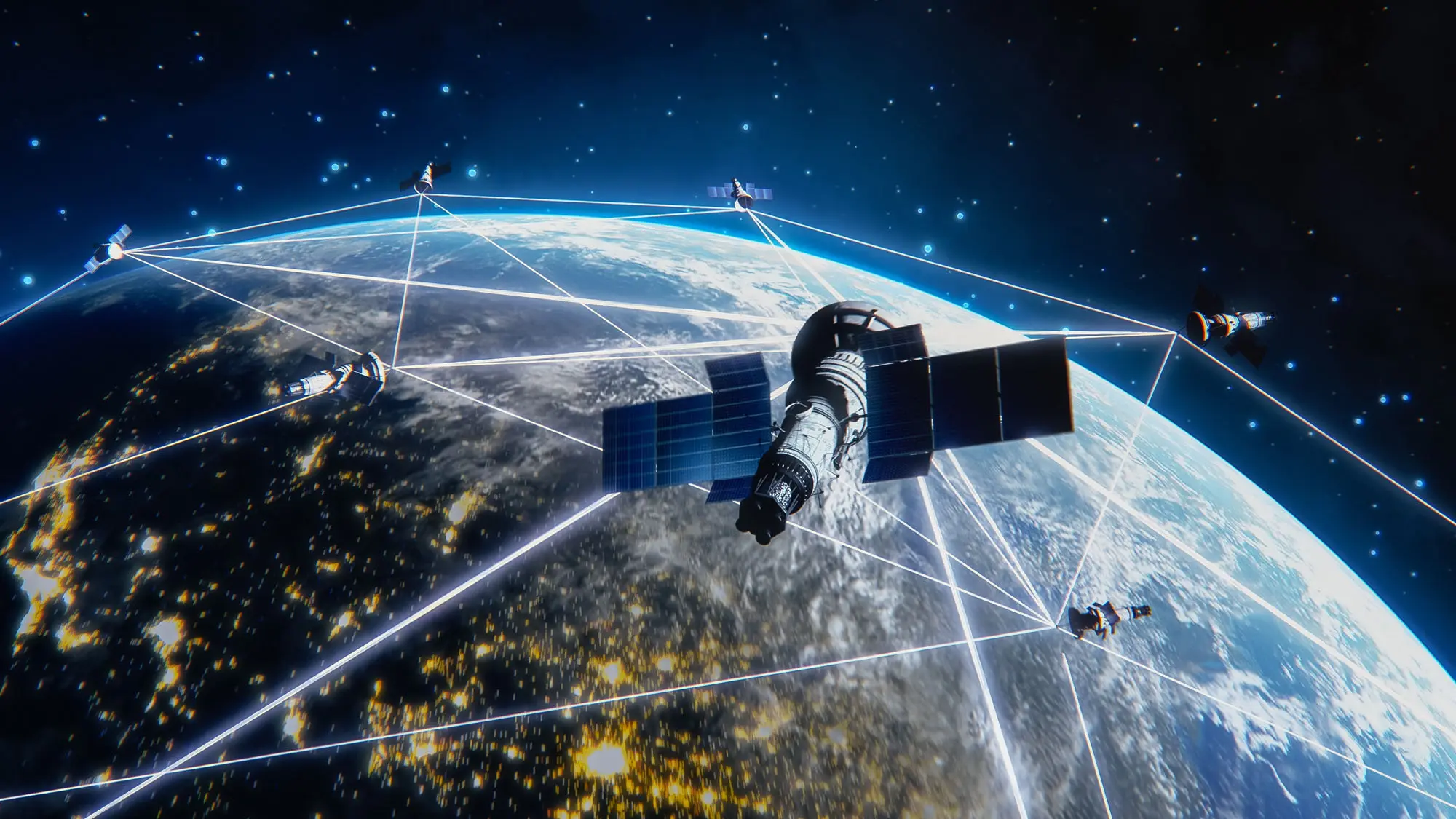SPACE SEMINAR SERIES

PhDAER Seminar
September 18, 19, 25, 26, 2024 at 14:00 - Sala Consiglio DAER - Dipartimento di Scienze e Tecnologie Aerospaziali, Building B12, 2nd floor - Politecnico di Milano, Campus Bovisa, Via La Masa, 34, Milano (MI)
Free admission, open to all members of the university community and the public, subject to availability.
Speaker:
Prof. Yunhua Wu is currently a professor at the Nanjing University of Aeronautics and Astronautics.
He completed his Bachelor of Engineering at the School of Astronautics in 2004 and his Master’s and Ph.D. degrees at the Research Center of Satellite Technology, Harbin Institute of Technology in 2006 and 2009, respectively. Prof. Wu has also spent nearly three years as a postdoctoral fellow at Surrey Space Centre, funded by EADS Astrium.
His research interests are primarily focused on satellite attitude agile maneuvering control, large-scale satellite constellation autonomous management, space robot dynamics and control, and vision navigation.
Wednesday, September 18, 2024 at 14:00
DYNAMIC TOPOLOGY CONSTRUCTION, LONG-TERM EVOLUTION AND MAINTENANCE OF LEO MEGA-CONSTELLATION
As the constellation scale expands, traditional constellation management mode imposes significant burden on ground stations. In order to construct a high-efficiency management mode for the low earth orbit (LEO) mega-constellation and respond to global missions rapidly, a management strategy using distributed management domains as well as the corresponding dynamic evolution and maintenance methodology are proposed. The mega-constellation management topology is divided into a limited number of sub-topologies according to the visibility constraints and operational stability requirements. Considering that the dynamic orbital motion of satellites leads to structural changes in the management sub-topology, a dynamic evolution model is developed to analyze the trend of the sub-topology variability. Based on the prediction time when a satellite detaches from the sub-topology, a fast management maintenance strategy is designed to reclassify the satellite to a new sub-topology, and ensure a low update rate for all sub-topologies.
Thursday, September 19, 2024 at 14:00
AUTONOMOUS INTER-DOMAIN ROUTING FOR MEGA-CONSTELLATION BASED ON SPATIO-TEMPORAL GRID
To support global missions, Mega-constellation should have the ability to transmit information over long distances. A spatio-temporal grid method is proposed for inter-domain routing, which utilizes on-board limited information to achieve autonomous routing decisions. The mega-constellation is divided into multiple operationally stable management domains, which serve as the basic units for route planning. The spatio-temporal grid framework is used for dynamic matching of the management domains and routing missions as well as providing a gridded routing scheme. The management domain makes inter-domain routing decisions based on neighborhood resource awareness through a dynamic planning algorithm. To reduce the number of routing hops, a lookahead dynamic programming algorithm for inter-domain routing is proposed to optimize the routing decisions based on the actual distribution of management domains. This method achieves the autonomous routing of global missions over long distances for the mega-constellation at the management domain layer.
Wednesday, September 25, 2024 at 14:00
GLOBAL MASSIVE CONCURRENT TASK ROUTING WITH CONGESTION AVOIDANCE FOR MEGA-CONSTELLATION
In a global concurrent massive tasks scenario, mega-constellation faces issues of uneven network traffic distribution and node congestion, which hinder the rapid response to tasks. Therefore, it is essential to enhance the autonomy of onboard routing. This research examines the interference between multiple information paths and proposes an inter-domain path planning method for global concurrent tasks. By redistributing inter-domain link capacity, the reduction of network bottlenecks is achieved, optimizing the overall information flow. Then, a multi-task processing mechanism is developed, incorporating priority division and the TLR algorithm to facilitate efficient and orderly information transmission onboard. For node congestion, a distributed re-routing method is developed to triage the congested tasks, improving overall task response times. This approach offers practical insights for enhancing the response capabilities of mega-constellation networks in handling massive concurrent non-uniform global tasks.
Thursday, September 26, 2024 at 14:00
SPACECRAFT ATTITUDE AGILE CONTROL + HARDWARE-IN-THE-LOOP EMULATOR FOR SPACECRAFT ATTITUDE CONTROL
Many space missions require that the spacecraft has the ability to track the space moving target rapidly with high precision, which can only be guaranteed by some particular actuators with large and high precise output. Therefore, a hybrid actuator system consisting of Control Moment Gyro (CMG) and Reaction Wheel (RW) is constructed. However, the challenge in using the hybrid actuator is the CMG singularity and RW saturation.
The cooperative game theory steering logic and transfer utility game theory steering logic are proposed. The steering logic can avoid the CMG singularity and RW saturation and reduce energy cost by energy management strategy. The attitude control for the tracking mission is divided into coarse alignment phase and fine alignment phase. A backstepping controller is designed based on hybrid actuator. The simulation results validate the effectiveness of the hybrid steering logic and attitude controller.
---
Free admission, open to all members of the university community and the public, subject to availability.